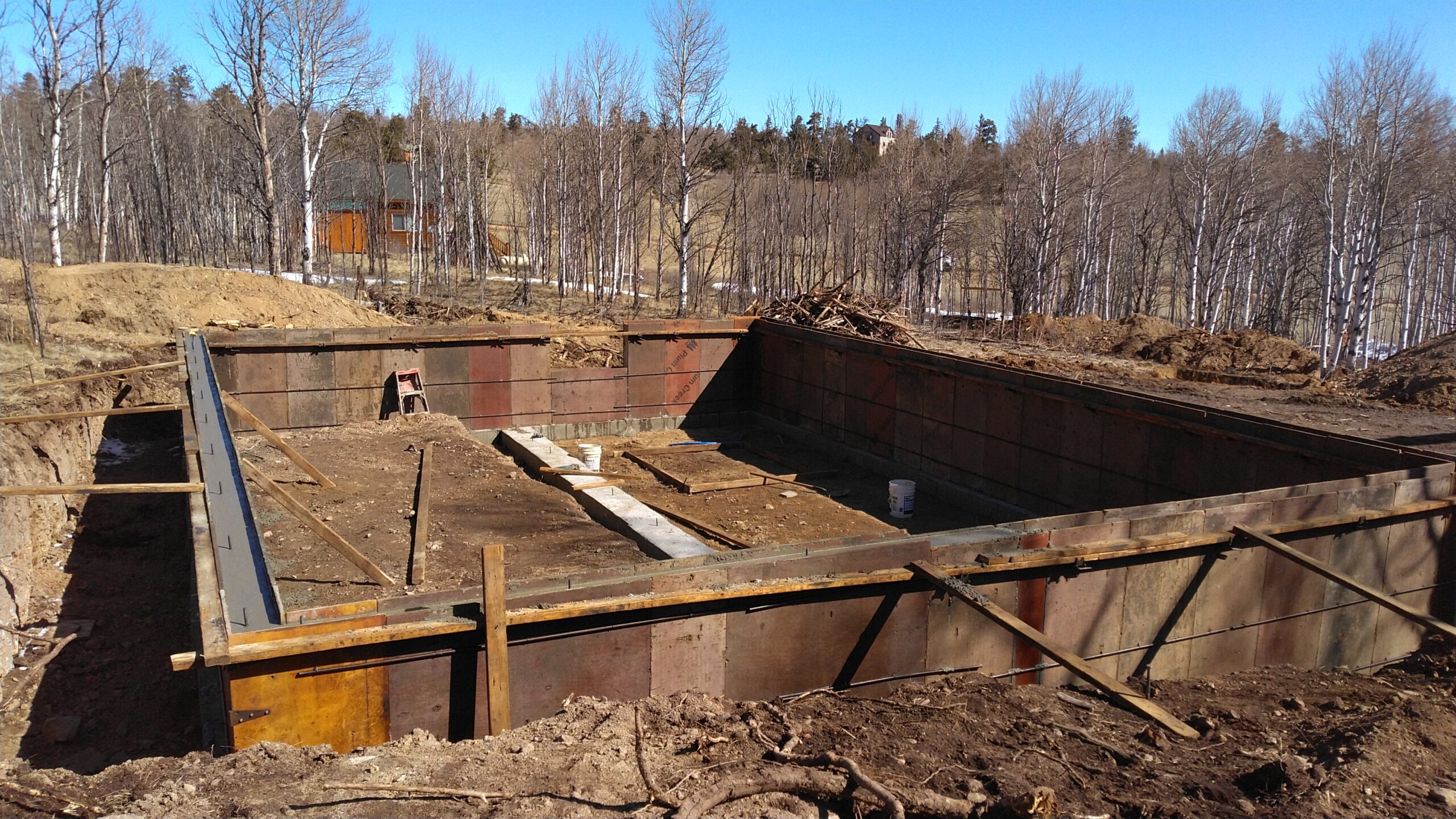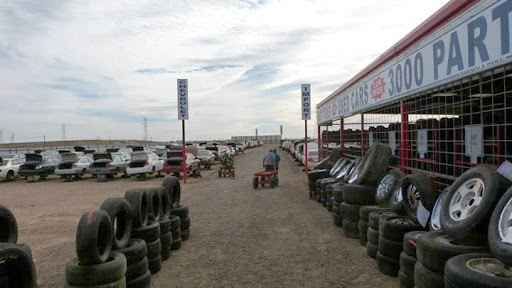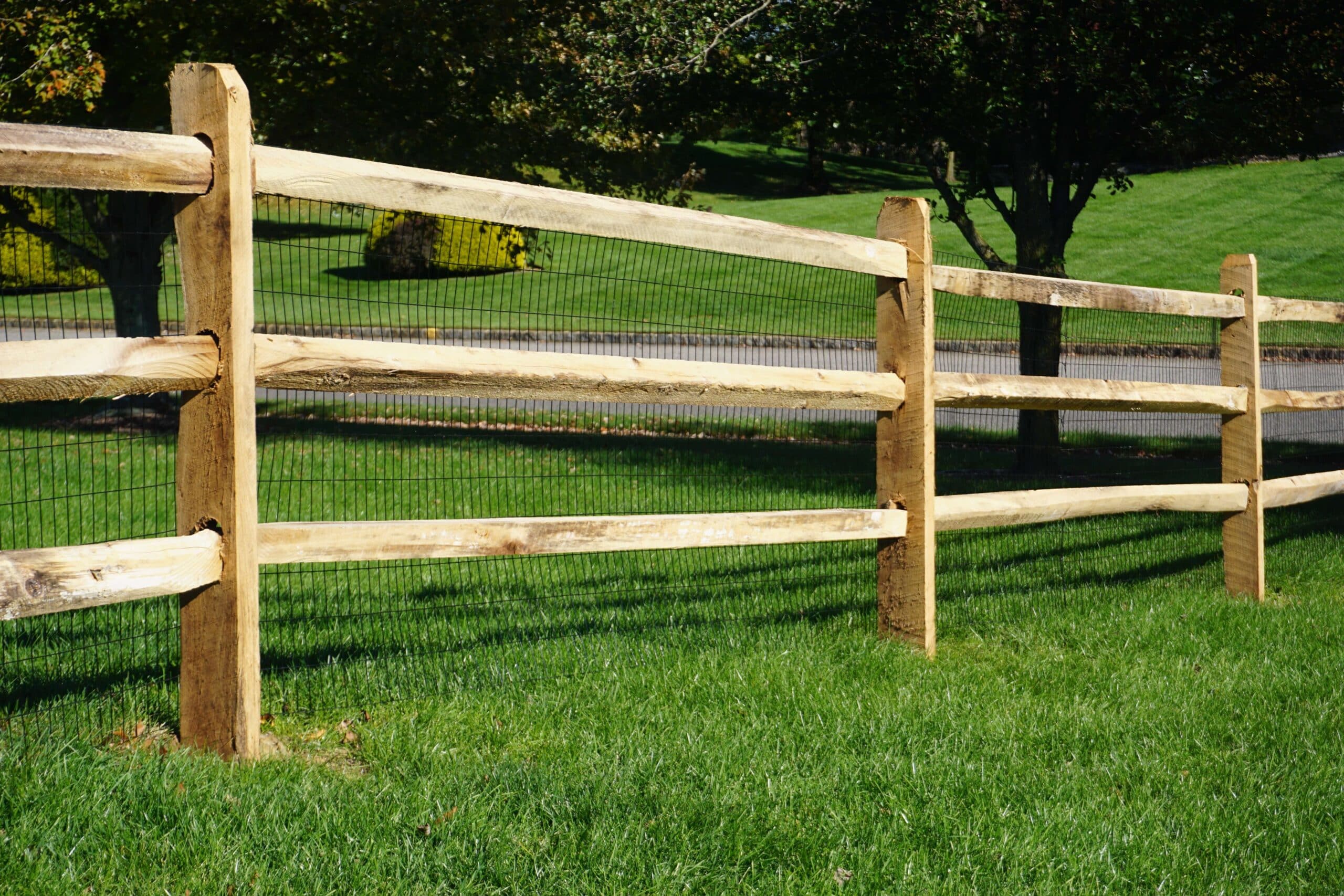In Limestone County, Texas, many homes are built with crawl space foundations. Understanding crawl space foundations is essential for homeowners, builders, and anyone interested in how homes are constructed and maintained. A crawl space is a small area beneath a home that allows access to pipes, wiring, and the foundation itself. It is often used in regions where the ground is too rocky or unstable for a full basement. Let’s dive into the details of crawl space foundations, why they are used, and how they function.
What is a Crawl Space Foundation?
A crawl space foundation is an elevated area between the ground and the first floor of a home. Unlike a full basement, which extends deep underground, a crawl space is typically only a few feet high. This space is enough for people to crawl through but not tall enough for standing. The primary purpose of a crawl space is to provide easy access to essential home systems such as plumbing and electrical wiring. It also helps protect the home from moisture and pests.
Why Choose a Crawl Space Foundation in Limestone County?
Limestone County, Texas, has specific soil and environmental conditions that make crawl space foundations a popular choice. The region’s soil can be rocky and challenging to dig, making it difficult and costly to build deep basements. Additionally, the local climate is relatively mild, which means that a crawl space foundation is less prone to issues related to extreme temperatures. The crawl space helps keep the home elevated and protected from water damage, especially during heavy rains.
Advantages of Crawl Space Foundations
Crawl space foundations offer several advantages:
- Accessibility: They provide easy access to plumbing, electrical systems, and ductwork, which simplifies repairs and maintenance.
- Moisture Control: Elevated crawl spaces help keep moisture away from the home’s main structure, reducing the risk of mold and rot.
- Ventilation: Properly ventilated crawl spaces can prevent the buildup of humidity, which further helps in controlling moisture levels.
- Energy Efficiency: Insulating the crawl space can help improve the energy efficiency of a home by keeping it warmer in the winter and cooler in the summer.
Disadvantages of Crawl Space Foundations
While crawl spaces have their benefits, they also come with some challenges:
- Pest Issues: Crawl spaces can sometimes attract pests like termites or rodents if not properly sealed and maintained.
- Moisture Problems: Without proper ventilation and moisture control, crawl spaces can become damp and develop mold or mildew.
- Limited Space: The small size of crawl spaces can make it difficult to navigate, especially if you need to perform repairs or inspections.
Building and Maintaining a Crawl Space Foundation
Construction Process
Building a crawl space foundation involves several key steps:
- Excavation: The area where the crawl space will be built is excavated to the required depth.
- Foundation Walls: Concrete or masonry walls are constructed to support the home’s weight.
- Floor Joists: Horizontal beams, known as floor joists, are installed to create the floor of the crawl space.
- Ventilation: Vents are added to allow airflow and prevent moisture buildup.
- Insulation: Insulating the crawl space can improve the home’s energy efficiency and comfort.
Maintenance Tips
Proper maintenance is crucial to ensure the longevity and functionality of a crawl space foundation:
- Inspect Regularly: Check the crawl space for signs of moisture, pests, or damage.
- Control Moisture: Use dehumidifiers or vapor barriers to manage moisture levels.
- Seal Entry Points: Ensure that all openings are sealed to prevent pests from entering.
- Maintain Proper Ventilation: Keep vents clear and functional to allow for adequate airflow.
Dealing with Common Issues
Moisture and Mold
Moisture and mold are common issues in crawl spaces. To address these problems:
- Install a Vapor Barrier: A vapor barrier can help keep moisture from the ground from entering the crawl space.
- Improve Drainage: Ensure that the ground around the home is sloped away to prevent water from pooling near the foundation.
- Use a Dehumidifier: A dehumidifier can help control humidity levels and prevent mold growth.
Pest Infestations
Pests can be a nuisance in crawl spaces. To manage infestations:
- Seal Entry Points: Close off any gaps or cracks where pests could enter.
- Regular Inspections: Frequently check for signs of pests and address any issues promptly.
- Use Baits and Traps: Set up traps and baits to manage and reduce pest populations.
Structural Issues
If you notice structural problems such as sagging floors or cracks in the foundation:
- Consult a Professional: A structural engineer or foundation specialist can assess the situation and recommend repairs.
- Repair Foundations: Address any issues with the foundation walls or supports to ensure the home’s stability.
Conclusion
Understanding crawl space foundations in Limestone County, Texas, is essential for anyone involved in home construction or maintenance. Crawl spaces offer a practical solution for dealing with the region’s unique soil and environmental conditions. While they have their advantages, such as ease of access and moisture control, they also require regular maintenance and attention to prevent issues. By staying informed and proactive, homeowners can ensure that their crawl space foundation remains in good condition, providing a stable and healthy environment for their home.





